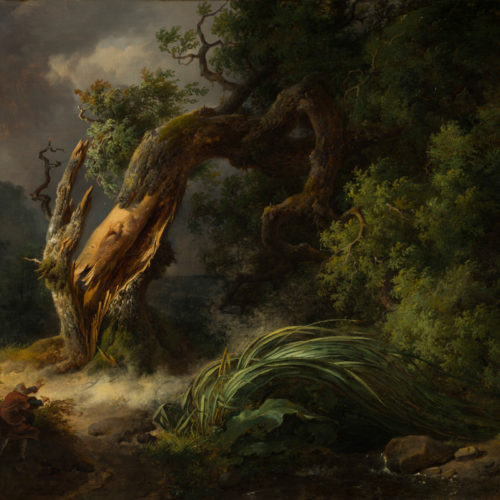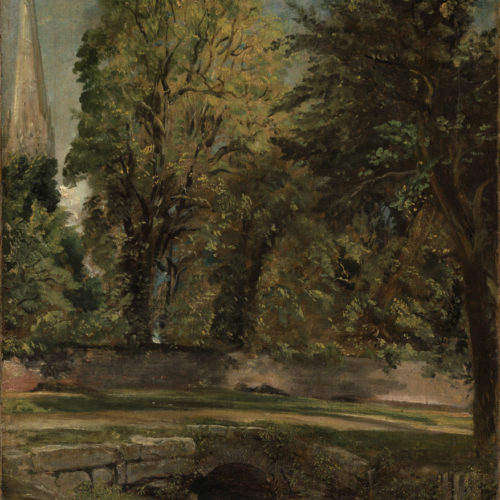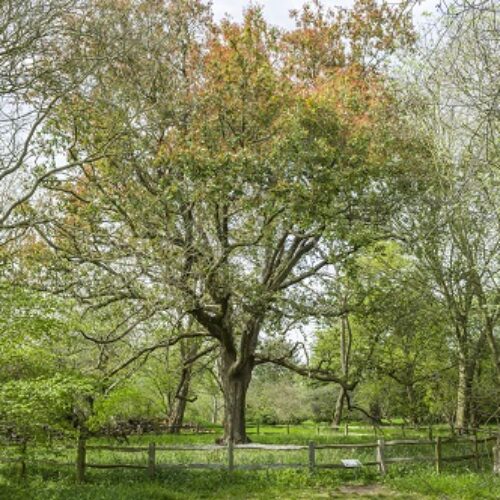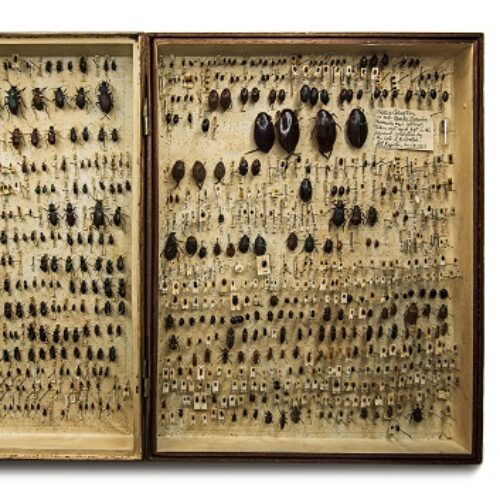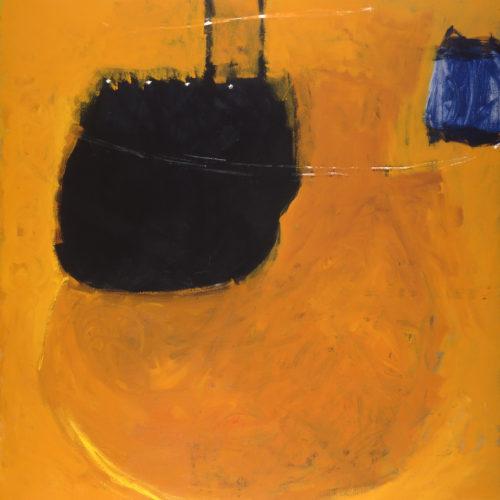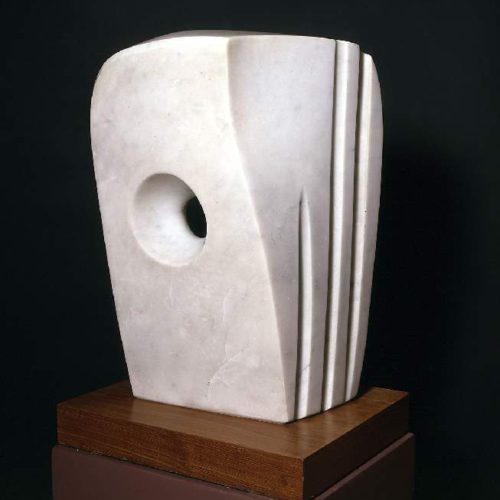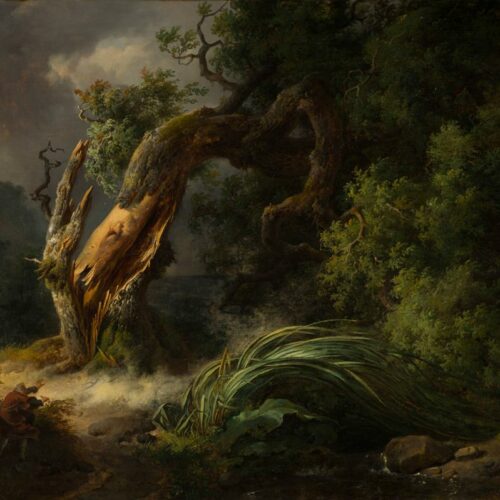Bring the wonder of the University of Cambridge Museums and Botanic Gardens into your classroom to explore the natural world around you and connect creatively with nature.
Inspire Nature is a teacher CPD programme created and delivered by the university museums and garden. A suite of resources have been created for teachers around the themes of Water, Rocks, Viewpoints, Trees and Skies.
Each set of resources focuses on relevant objects from the collections. The resources include high resolution images, information, videos, question prompts and activity ideas for yourself and your teaching, created by both museum educators and artists.
This page highlights the resources created for the Trees theme. It focusses on objects in the Fitzwilliam Museum collection, but our padlet below shows resources relating to Darwin’s Beetle Box from the Museum of Zoology and the Cambridge Oak tree from the Botanic Gardens.
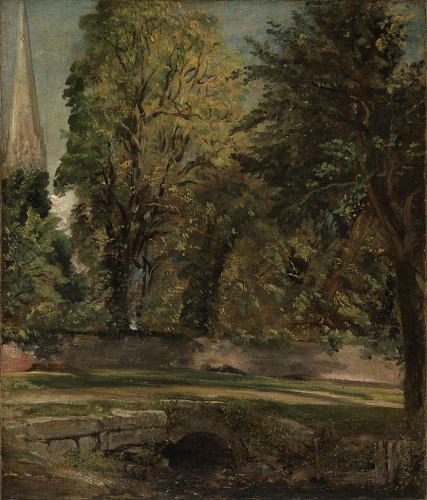
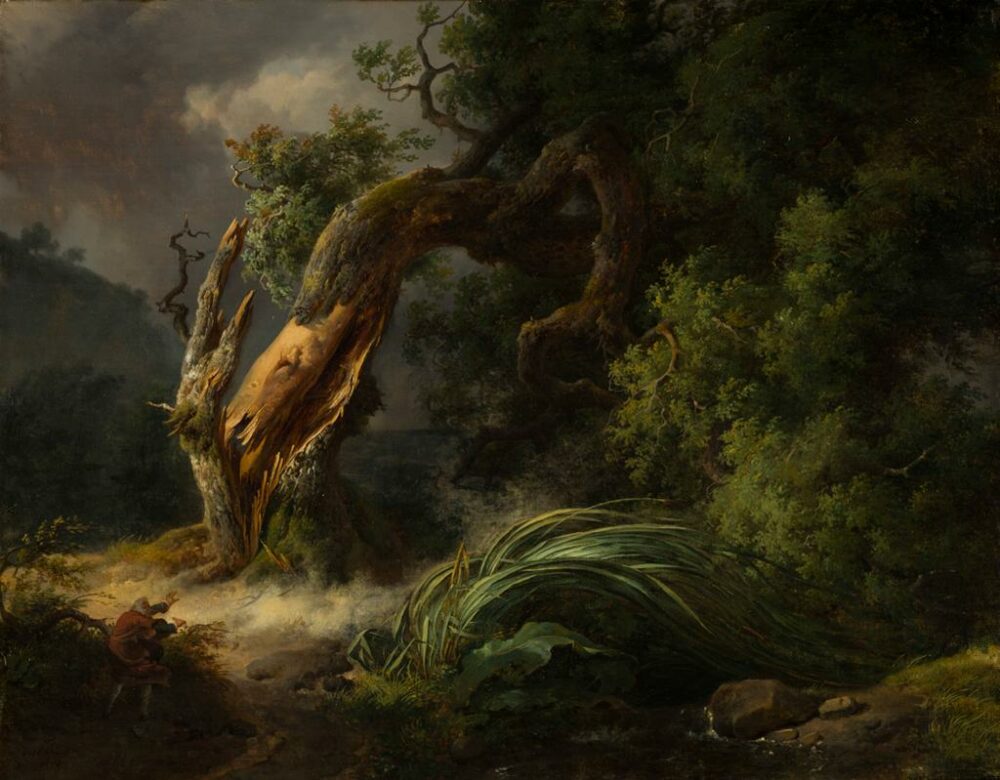
Trees dominate the composition in this painting of the famous landmark of the Salisbury cathedral. Although this spire was the highest in Britain, it only fills a small part of the canvas. The stream in the foreground is probably the outlet of a rainwater ditch.
Constable makes the most of the ‘upright’ format to experiment with a new perspective which emphasizes the soaring vertical lines of the cathedral’s spire, aligning it with the surrounding trees. Although the shadows are deep and dark, the slightly scorched lawn and the brightness of the light breaking through the dense tree- crowns suggest that this was painted in the summer. The rich summer vegetation also highlights a technical challenge faced by artists when painting trees in full leaf as at this time there were very few green pigments available. Constable relied almost exclusively on mixtures of blues and yellows for his outdoor sketches in particular. He uses these skilfully to create many different tones and hues, adding flecks of pure yellow and light green to suggest the glistening effect of light. Constable spoke to the French painter Eugène Delacroix (1798–1863) about the endless variations of green visible in nature who later noted in his journal, “Constable says that the superiority of the green in his meadows is due to the fact that it is composed of a multitude of different greens …. What he says about the green of his grassland can be applied to all other tones.”
Michallon was the son of the sculptor Claude Michallon and nephew of the sculptor Guillaume Francin. He studied under Jacques-Louis David and Pierre-Henri de Valenciennes. In 1817, Michallon won the first Prix de Rome for landscape painting. He died at the age of 25 of pneumonia, a tragedy which cut short the life of a talented and well-respected artist who could have gone on to win lasting fame.
The subject matter is taken from a fable by the French writer La Fontaine who was working in the seventeenth century: a storm is approaching, and the mighty oak offers protection to the delicate reed. The reed replies that it knows what is needed to survive the storm. When the strong winds of the storm arrive, the huge tree that tries to face them with brute strength breaks, while the reed that bends and yields to the force of the storm survives. The lesson is one of humility and flexibility in the face of change. Some people, noting the year of the painting –1816 –, suggest that this fable was chosen as a commentary on the fall of Napoleon who was forced into exile the year before, having refused to accept the terms of a peace deal with allied European countries, insisting that France could win a war against them.
The story and moral lesson are much older than Michallon’s painting, or even La Fontaine’s writing. A version appears in Aesop’s fables, and related proverbs can be found in Chaucer’s Troilus and Criseyde, the Ancient Chinese Tao Te Ching and the Jewish text, the Talmud.
1. Salisbury by John Constable
- Do you think Constable painted this picture from his imagination or from memory? What makes you think that?
- Use your senses to imagine you are walking around this summer scene. What can you see? What can you hear? What can you smell? How does it feel?
2.The Oak and the Reed by Michallon
- Do you think it is better to be like the reed and give in to the storm? Or like the oak and stand tall and strong?
- Can you think of a time where standing strong like the oak might be a good idea?
- What do you think happens next?
- Is this the end for the oak tree and the animals that relied on it? Is it useful anymore?
1. Salisbury by John Constable
- Explore how many different greens you can make from yellow and green paint
- Experiment making different leaf marks and shadows with your paintbrush
- Look closely at a tree near you. Make your own painting of it using some of Constable’s tricks and techniques.
2.The Oak and the Reed by Michallon
- Explore the properties of sticks from different kinds of trees
- Investigate how much must you bend each stick before it breaks
- Experiment with different ways of recording your observations and discoveries so that you can compare each stick
- Research other stories where a character is brave and shows resilience. Write a story, a poem or make a picture of a brave story of your own.
